Tactics to Boost Your Calculation Skills
Chess is largely about tactics. That doesn't necessarily mean complicated combinations, but simply minor surgeries which happen at every example of this match. The positional ideas and concepts frequently need to get backed up using true calculation or in extreme cases they can only be enforced by accurate and well-calculated variations. Therefore, the calculation could be the muscle of every chess player.Exactly how many positional players are able to find strong/winning positions and then fail when the competition starts shooting desperado moves so as to survive?
In other words, as a way to accomplish a higher degree, your calculation has to be adequate enough to not perpetrate fatal mistakes, if they're in inactive or dynamic positions.In this column, we will provide you some useful tips as a way to improve your own calculation. They aren't just aimed at the dedicated and serious player but also at those who do not possess plenty of time; nonetheless there are a few customs it's possible to practice in order to keep Feeling sharp.Let's start with the most obvious
1. SOLVING EXERCISES
The trick to solving exercises in home is to complete them right. Which means that it takes some self-honesty; you also can't be tender on yourself because the competitor will not be! So if you are overlooking motions on your calculation do not think that "I'd have seen it" or even "I watched that this movement but missed his answer" etc.. Try to get another one right. You should also annotate your answers to a sheet of newspaper in order to confront your own mistakes. Writing down the moves somehow is like playing the move in a real game; there aren't any take-backs.
2. SOLVE STUDIES
This practice is definitely there but it sounds it will not quite catch among chess players. The majority of them see them overly much and as it is really a written position it might seem rather unlikely to take place at exactly the plank. However, that is irrelevant; attempt to solve it any way! The studies will expand your creativity into another dimension that can be applied in your games. Strongly suggested practice.
3. CANDIDATE MOVES
One major part of the calculation is knowing "things to calculate" in a position. You want to get familiar with the candidate moves, therefore it is helpful to find and solve exercises at which the objective is not to win by some direct combination except to produce practical decisions.
4. Blind-fold GAMES
The benefits of this practice are obvious. In the event that you're able to play the full match without seeing the chess board and without causing deadly errors, then it's very good news. The visualisation of places and potential positions which aren't on the plank is vital. Many mistakes occur because we forget where a chess piece was after we calculate 3-4 moves ahead.
5. EXERCISES WITH TIME CONTROL
Make sure you decide on a time limitation to remedy your own puzzles. Start using 15 20 minutes and continue by utilising less and less time on the next ones. Nowadays it is not only essential to play well but also to play fast. Precise calculation under time pressure can be a enormous and at tournaments.
6. BLITZ
We aren't big fans of a blitz match overdose. But a small number of blitz games can be described as a fast way to increase your own play. You still have to try to do your best; instead of playing for flag you should be wanting to outplay your competition by making good moves.
7. TECHNIQUES OF CALCULATION
There are lots of techniques in regards to starting calculating your preferred offender moves. We have the taste for two, as they function well in training:7. ELIMINATION Procedure
Instead of hunting to find the merits of a relocation make an effort to work out the flaws it has. If from 4 candidate moves you've got three, in that case your choice is clear. You don't know the consequences of the 4th candidate proceed, but you realise the other 3 guide to overcome!
8. COMPARISON
The most troublesome positions to calculate would be those in which every thing appears like a great move, since this really is very often an illusion. Pick similar moves and compare the gaps between these. At the next diagram you can apply this technique:White to Play and Grow Maybe not all of us have the opportunity to follow along with an exercise program. Lots of club players and masters have jobs but still, have plenty of touch with chess on a regular basis. Listed below are a few customs you can add to your day by day ones:
9. READING CHESS GAMES with No BOARD
Read a book or magazine with games minus the chess board and see how much you can go without sacrificing the image of this position in your mind. This may be done anytime and anywhere but it is easier said than done. It needs deep immersion and yes, it does work!
10. FOLLOWING GAMES ONLINE
Now it's quite common that we follow chess games from tournaments all over the world. Most broadcasting platforms have the possibility of turning in an engine to let's in a moment what is happening. Don't get it done; get used to think for your self in order to find the motions as you are following. Sometimes your thoughts will match higher level players.We expect what exactly is written above serves you as being a fantastic guide for the private training. As usual, please tell us your thoughts at the opinions and let's improve as well.



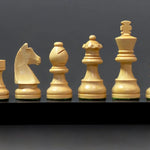
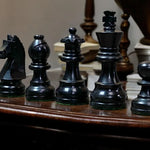
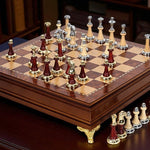
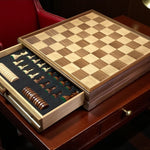
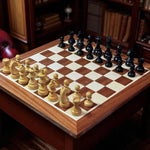
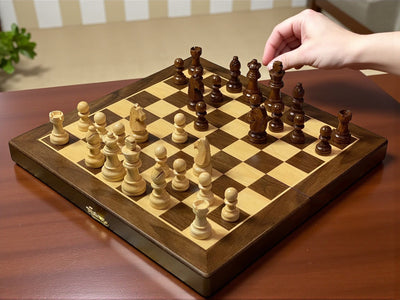
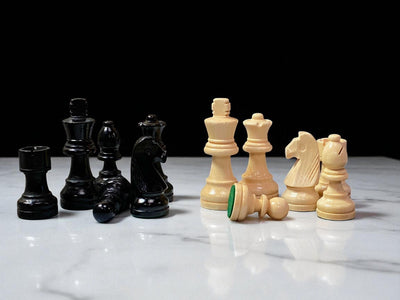
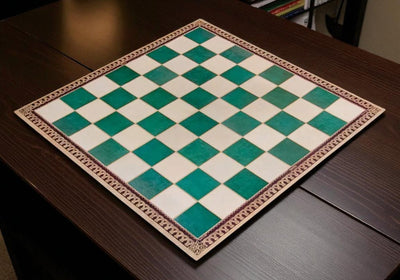
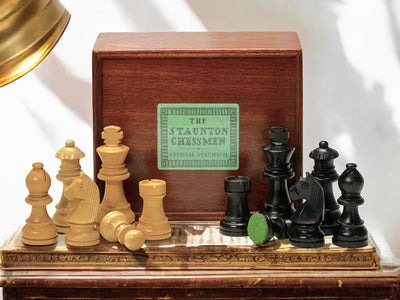
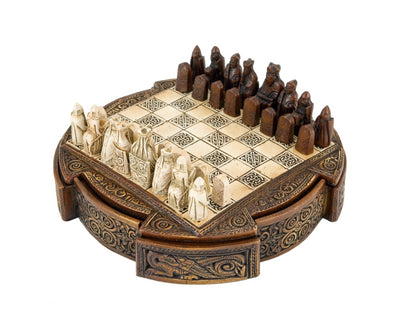
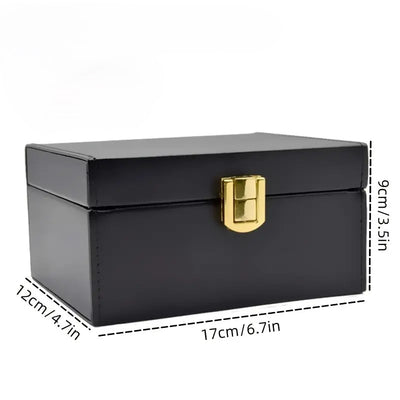
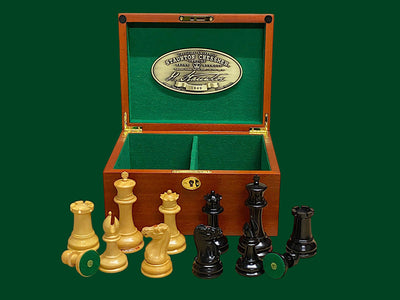
Leave a comment